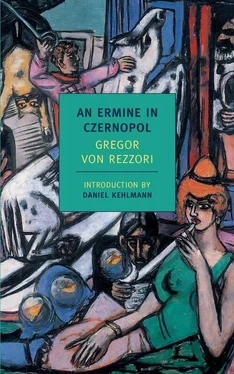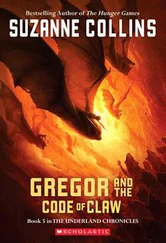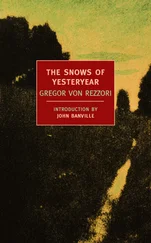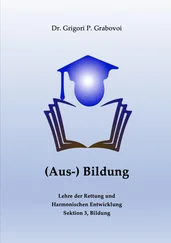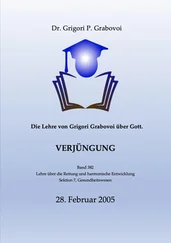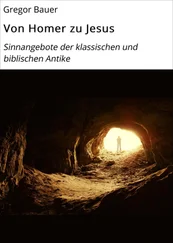Incidentally, even back then we must have been consciously prepared for beauty. Because the day we spotted the hussar had been preceded by another notable day, when Herr Tarangolian was walking through the garden and picked up a maple leaf that had decomposed into an enchanting filigree of delicate ribs and tiny veins. As he held it up to the light for us, the prefect declaimed with pathos: “But what is this? Art — art! And what has wrought it? Destruction. Ah, let me tell you, my young friends, learn to love destruction!”
Thus we had already seen what kind of artist winter can be in populated areas, for we loved winter in the city, especially in the gardens that skirted our street. And particularly the heart of winter, January, which brought Christmas, according to the reckoning of the Orthodox Church. We loved its dryness and severity, its veiled light in the frost, when the snow that had blanketed the entire landscape and erased all shapes finally subsided, and the contours emerged crisp and clear out of the immaculate white — no longer tinged with gray or yellow like on the days weighted with snow clouds — and were finally covered with a brittle, icy down like a tender mildew, lending a fragility to the hard surfaces and muting the colors that still shone through here and there — such as the dark brick red of the neighboring home, which we could now see, as if through a filter that simultaneously softened shapes and heightened them. Things then spoke to us with a more serious purpose, they gained deeper meaning, acquired a timeless symbolism. Nothing captured winter’s adamantine quality better than the beautiful Christmas carol that Miss Rappaport taught us: “… earth stood hard as iron, / water like a stone.” It was as if the world’s breath had stopped, and this rigidity struck us as a foretaste of eternity, when nothing would move or breathe anymore — only frightening at first glance, and festive as death at the second. We were completely taken by the white splendor, so full of promise, so powerful that it could turn any drop of water into a frozen star, that we asked ourselves whether a Christian who had never known winter would be capable of understanding why the Lord was born at this time of year and not in spring. Because in winter the world clearly became wider and freer; the horizons burst open. Bushes, trees, and shrubs that when in leaf merely simulated the depth of the landscape, like a forest backdrop on a stage, now turned transparent, while the gossamer branches and twigs, as spare as those inked on a Japanese brush-drawing, preserved the intact forms — just like the delicate spiderweb ribs of the maple leaf — and indeed it was this bareness that first brought the forms to light, by opening a view to the distance, from where, tinted orange as if in an eternal dawn, the heavens ascended.
On such days we weren’t allowed to stay outside for more than a short time, on account of the fierce cold. We played our way to the lance-leaf fence, gleefully drawing out the anticipation, as children so masterfully do, averting our eyes until the last possible minute in order to take in the sight of the slender row of shafts that enclosed our garden like a temple grove. And when we raised our eyes and looked through the veil of frost, woven with gold, we saw the hussar.
He was riding alongside a sleigh in which a woman was seated, wrapped in furs. His horse was beautiful: small, sinewy and stocky like Vernet’s Arabian stallions — so intensely portrayed in works such as The Lion Hunt , which we never tired of looking at — its eyes agape as if in horrified fury, revealing two white half-moons beside the soft, deep, black orbs, to create twin dangers, glassy and blinking, while its mane and tail fluttered luxuriantly frontward across the mirror-smooth chestnut brown of crest and neck and flank, as if artificially brushed for a coup de vent —swishing black hair, firm and silky and shiny, whipped forward in ample waves and wind-tasseled locks full of pathos and teasing drama — a beautiful picture of the equestrian art, of channeling the full power of the horse into the reins and into the hands of the rider … the wild mares of Diomedes must have been like that: the same theatrically bold pose in the face of the utmost horror, the fourfold drumming of hooves, rearing up at the shaft of the chariot as it plowed through the human corpses like the prow of a light ship.
The hussar sat very erect. He seemed no more than of medium height, in good proportion to his horse. His cornflower-blue uniform, with the wheat ears and gold braid, fit snugly. The high shako — which can give the impression of a slovenly, undisciplined, irresponsible band of soldiers more than any other head covering if it is crooked or tilted back over the forehead — was cut flat following the French fashion, and sat straight and square over his eyes, imparting a seriousness and severity that was reinforced by the short dark line of his trimmed mustache. This is not to say he had a severe countenance ; in fact, his face was practically devoid of expression; I’m tempted to say it was artificially emptied. The result was an impassive, profoundly cool elegance that would have seemed dandyish had it not displayed a compelling inner resoluteness — the manly ideal from a supposedly bygone epoch, a world that had vanished — admittedly just yesterday, but all the more irrevocably! — a world of casually practiced elegant conventions, where female beauty was wrapped and bedded in billowy expanses of crinkly cloth, like the stiff tissue paper florists use on long-stemmed flowers, their hair pulled back into a calyx, from which jutted a tropical fantasy of dove and egret plumes glittering with clasps … the epoch of monosyllabic manly politeness, curt to the point of being almost contemptuous, of poses maintained with true sangfroid even in the face of death … Alongside his horse ran a pack of smooth-haired fox terriers, one with a limp that only showed at every other bound, as if the dog were too distracted to worry about his hind legs — presumably an example of the peculiar hysteria this long-unfashionable breed is susceptible to.
The woman in the sleigh had turned away from us, so we couldn’t see her face. But we weren’t curious about her face. We did not allow ourselves to be astonished or amazed, because what we saw — hussar, horse, dogs, and the woman in the sled with her face turned away, took place before our eyes, for no rhyme or reason, its splendor unique to the vision itself. In this way the scene was removed from time: it was pure image, and therefore a symbol — one we would never succeed in fully interpreting, of no importance, perhaps, except in the instance of its manifestation, when the mirrors of our souls were positioned to reflect it in a mystical, kaleidoscopic symmetry, like those rare moments when the sun appears at just the right angle and its rays break through the colorful rose window of a church and the monstrance glows with illumination. This is what I mean when I said that we knew the hussar. It only applied to this first sighting. The love that followed was an echo, just as all our love is basically a continued search for the fading echo of a call of secret recognition.
We very soon found out his name as well, because from then on we saw him over and over, although the empty days in which we were denied the joy of his sight often stretched out unbearably. Please don’t consider this exaggerated and extravagant. I think that every childhood has such secret passions, images in which we lose ourselves completely, with all our unbridled emotion, whether we encounter them in a person, a landscape, a book, or some object we may desire — and the chance of subsequent encounters lies outside our power. Perhaps life uses these images as lessons — to help us realize that the fulfillment of desire is not a matter of will, and to show us how much we are at the mercy of fate — or whatever other truths might be derived from the sheer power of incontrovertible truisms. In any case, back then we viewed our encounters with the hussar as the fervently longed-for proof of our special understanding with secret life powers, which, though it could only be established for a few moments, nonetheless consistently reinforced our belief in a higher reality of life; and the interludes between encounters, when our beautiful, courageous impatience gradually fermented into patience, seemed designed to lead us to insights, which, like all precocious knowledge, was filled with a sadness that shaped the foundation of our souls forever.
Читать дальше
